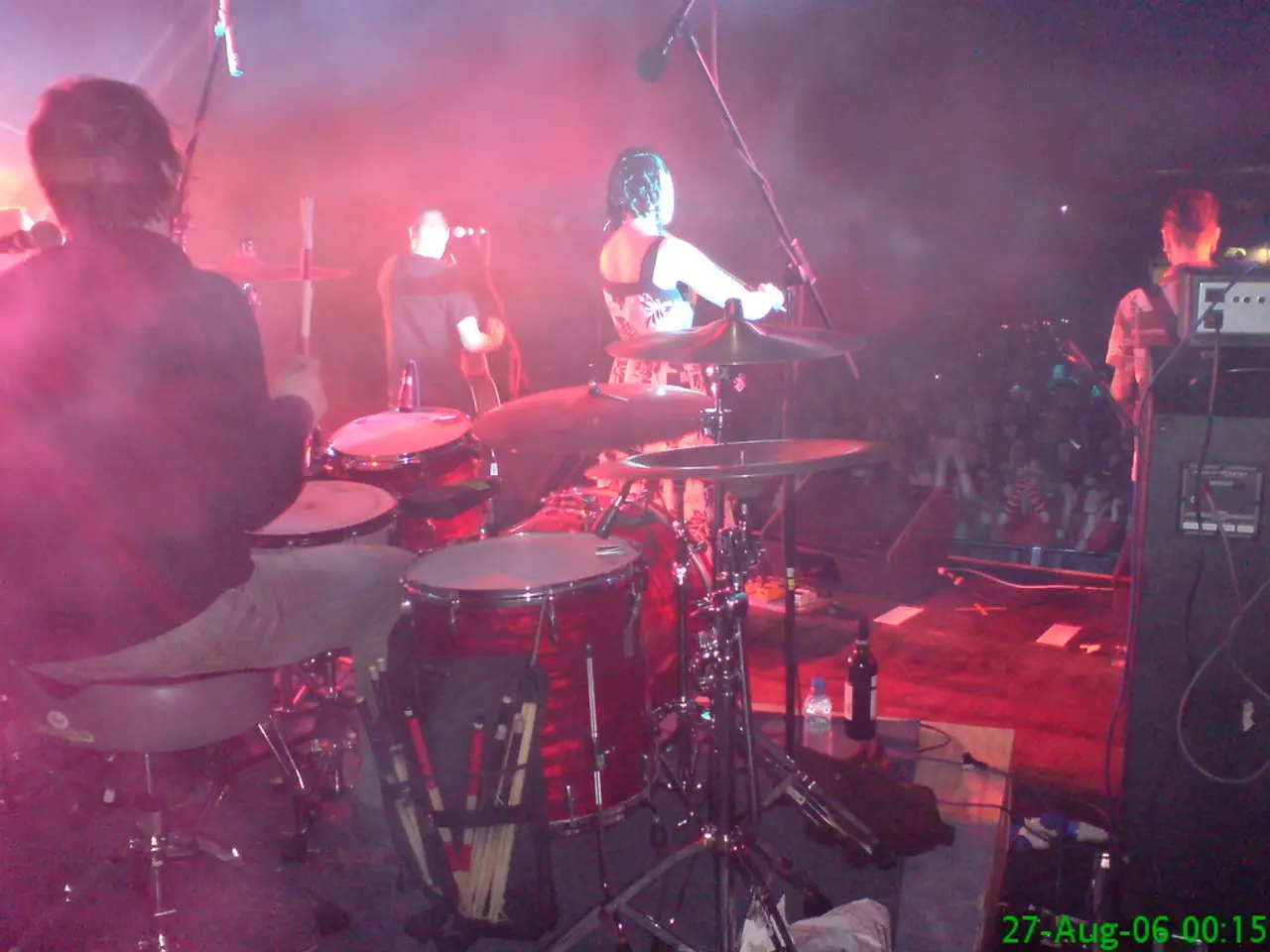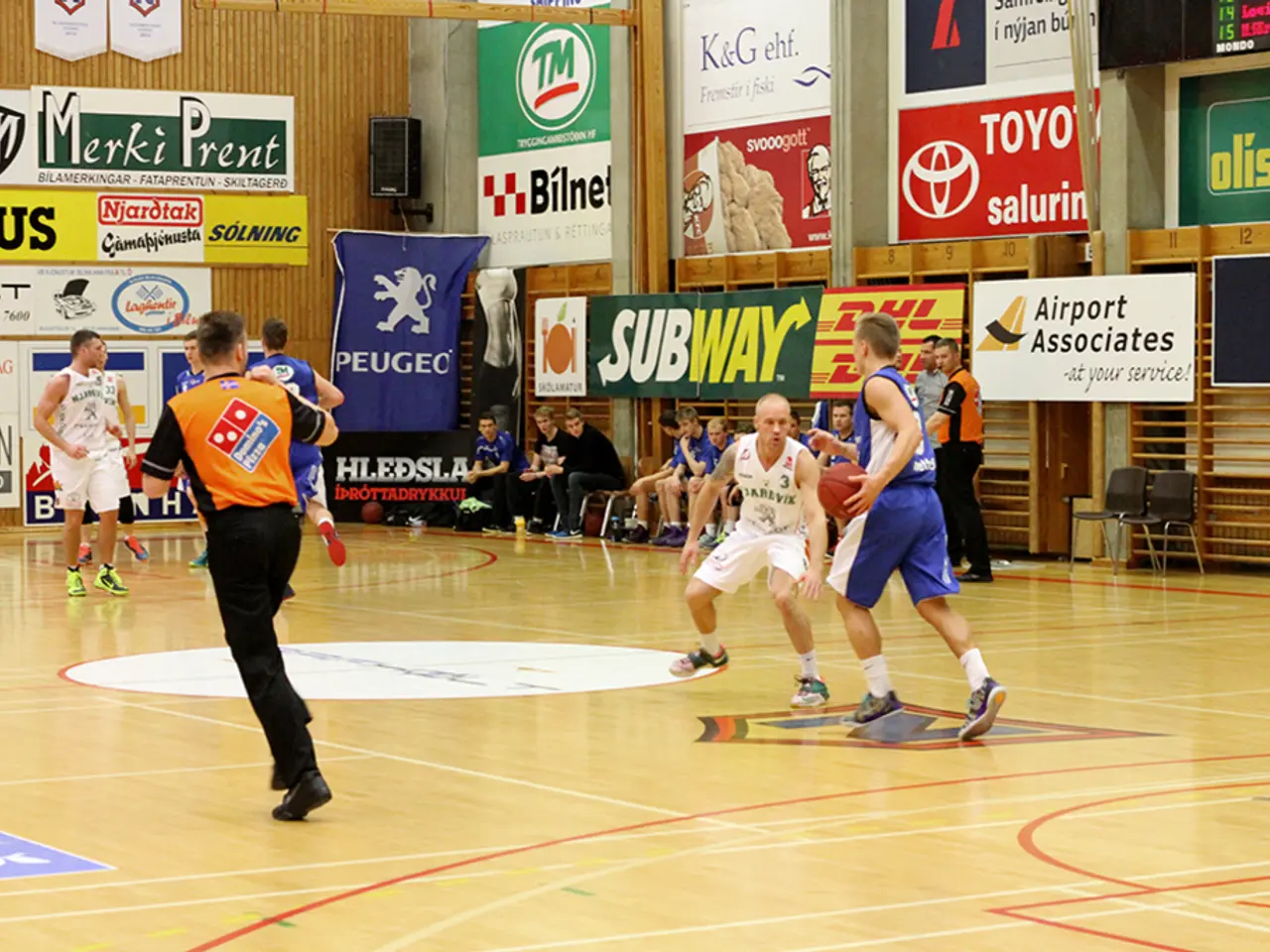Understanding Movie Analysis: Exploring Themes and Director's Perspective
================================================================
In the realm of film, there's more than meets the eye. To truly appreciate a film's artistic vision and deeper meanings, a systematic approach to analysis is key. Here's a guide to help you delve into the layers of symbolism, directorial style, and thematic complexity.
Mise-en-scène, cinematography, editing, sound, and narrative structure are the cornerstones of film analysis. By examining these elements, you can uncover how technical and artistic choices contribute to the film’s meaning.
Mise-en-scène, which encompasses everything visible in the frame—lighting, setting, props, costumes, and actor movements—offers insights into how visual details support themes or character development. Cinematography, on the other hand, invites you to consider camera angles, shot types, camera movement, and focus to appreciate how the director shapes the viewer’s perspective and emotional engagement.
Editing, with its rhythm, types of cuts, and montage sequences, reveals how the story is structured and how meaning is created or emphasized through visual grammar. Sound, whether dialogue, sound effects, or music, enhances the atmosphere and narrative, offering another layer of interpretation. Lastly, narrative analysis, focusing on plot structure, character arcs, and thematic development, provides insights into the film’s message and directorial intent.
By adopting these categories as lenses, you can uncover layers of symbolism, directorial style, and thematic complexity. To tailor your approach, consider focusing on a specific type of film analysis, such as formalist, narrative, ideological, psychoanalytic, or cultural/historical.
For example, an ideological analysis might reveal how a film challenges social norms, while a psychoanalytic approach explores subconscious meanings. Collaboration aspects, like the role of editing, highlight how the director's vision is realized and sometimes transformed by editors who shape narrative coherence and emotional impact, deepening appreciation for the filmmaking process.
To actively apply film analysis guides while watching or after viewing:
- Take notes or create thematic outlines to map key scenes and motifs.
- Compare technical elements and storytelling choices to known film theories or directorial trademarks for richer contextual understanding.
By approaching a film with structured analysis guides and focusing on both technical and thematic components, you unlock a more nuanced appreciation of the director’s artistic vision and the film's deeper meanings.
Remember, each element in a film, from the script to the cinematography, plays a crucial role in conveying the underlying messages and artistic intentions. To decode these layers with precision, one must engage with the film on multiple levels, examining both the overt and subtle cues that contribute to its thematic depth.
Directors often utilize a blend of visual and auditory elements to convey their themes, inviting viewers into a world of nuanced interpretation. Understanding a director's vision is comparable to peeling back the layers of an intricate artwork. Understanding a film's themes and directorial vision is comparable to peeling back the layers of a complex narrative tapestry.
Identifying a film's core themes can help discuss how they resonate with current societal issues or timeless human experiences. Adopting these strategies can help viewers uncover the rich thematic layers embedded within a film, appreciating the nuanced craftsmanship that defines a director's unique vision.
[1] Bordwell, David, and Kristin Thompson. Film Art: An Introduction. McGraw-Hill, 2020. [2] Cowie, Peter, and Timothy Corrigan. Film Studies: An Introduction. Routledge, 2019. [3] Chion, Michel. Audio-Vision: Sound on Screen. Columbia University Press, 1994. [4] Metz, Christian. The Imaginary Signifier: Psychoanalysis and the Cinema. Routledge, 1982.
- The cinematography of a film can reveal how the director uses camera angles, shot types, camera movement, and focus to shape the viewer's perspective and emotional engagement.
- By focusing on a specific genre, such as animation, a film review can highlight how the director's use of visual details, editing, sound, and narrative structure contribute to the film's thematic complexity.
- The soundtrack of a film, which includes dialogue, sound effects, and music, enhances the atmosphere and narrative, offering another layer of interpretation for entertainment and critical analysis.
- Narrative analysis, which involves examining plot structure, character arcs, and thematic development, can uncover the director's message and artistic intentions in a film.
- A film's script and its adapted visual and auditory elements can be compared to uncover the rich thematic layers embedded within the film, much like peeling back the layers of a complex narrative tapestry.








